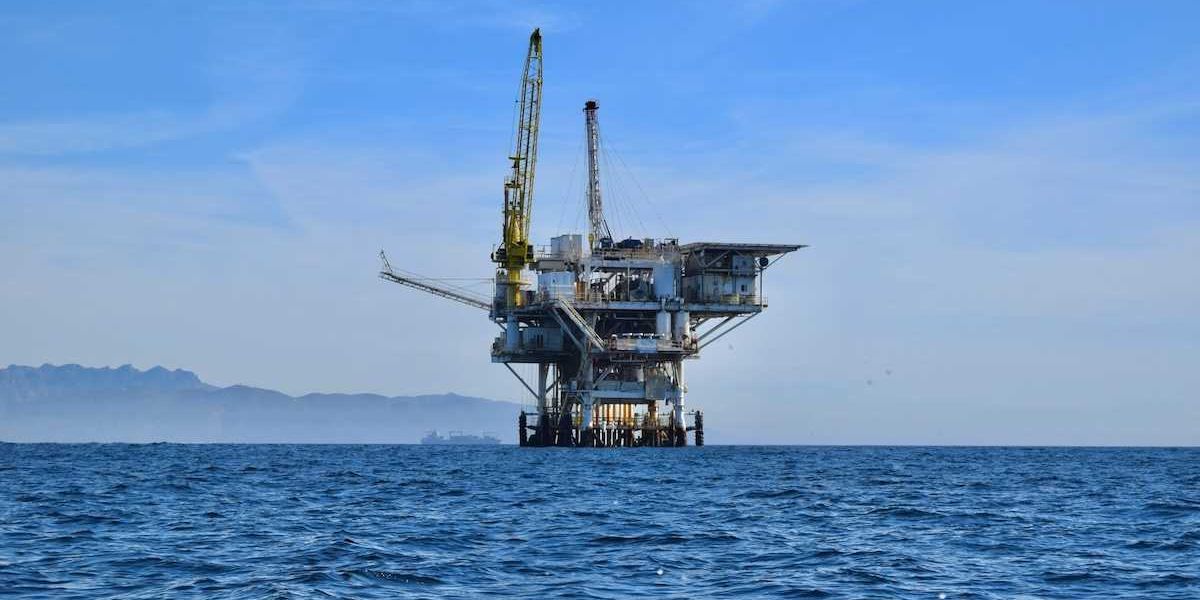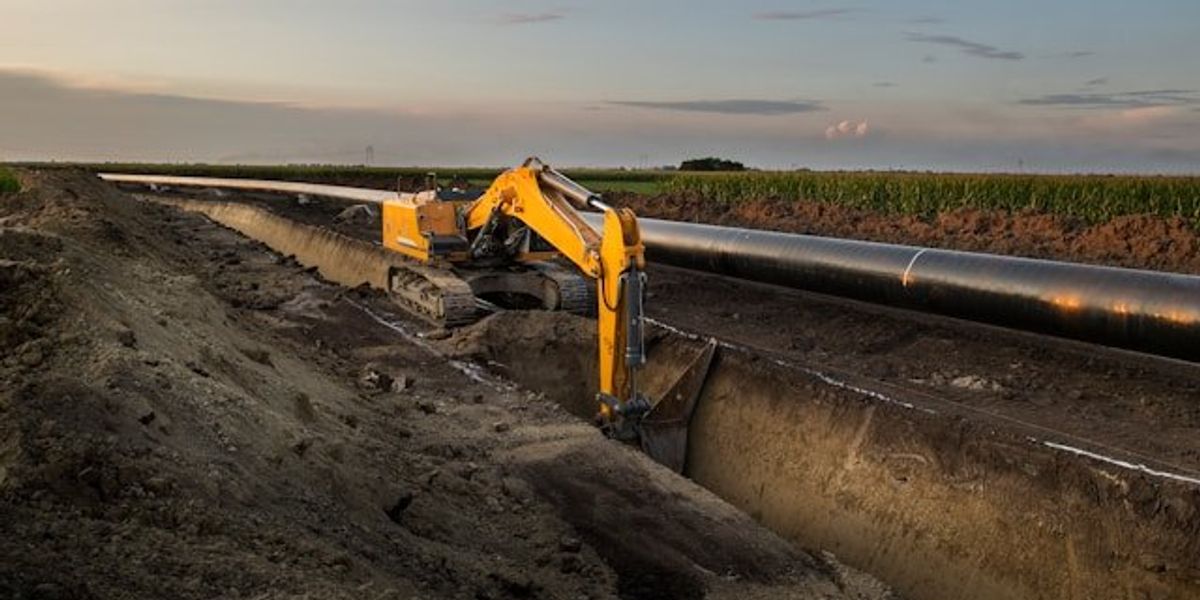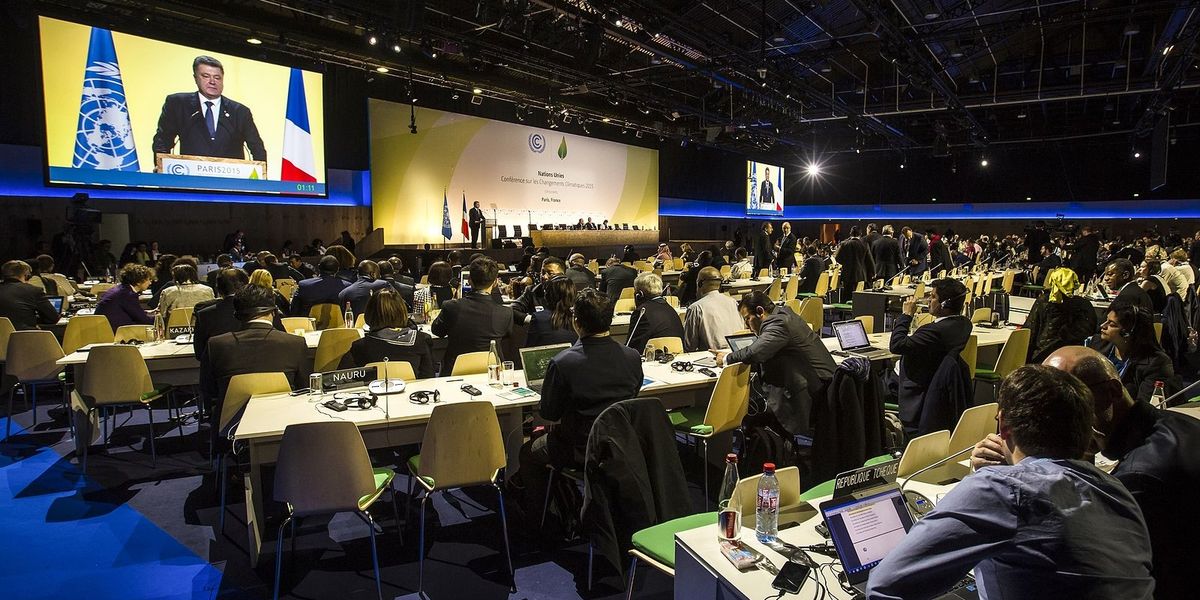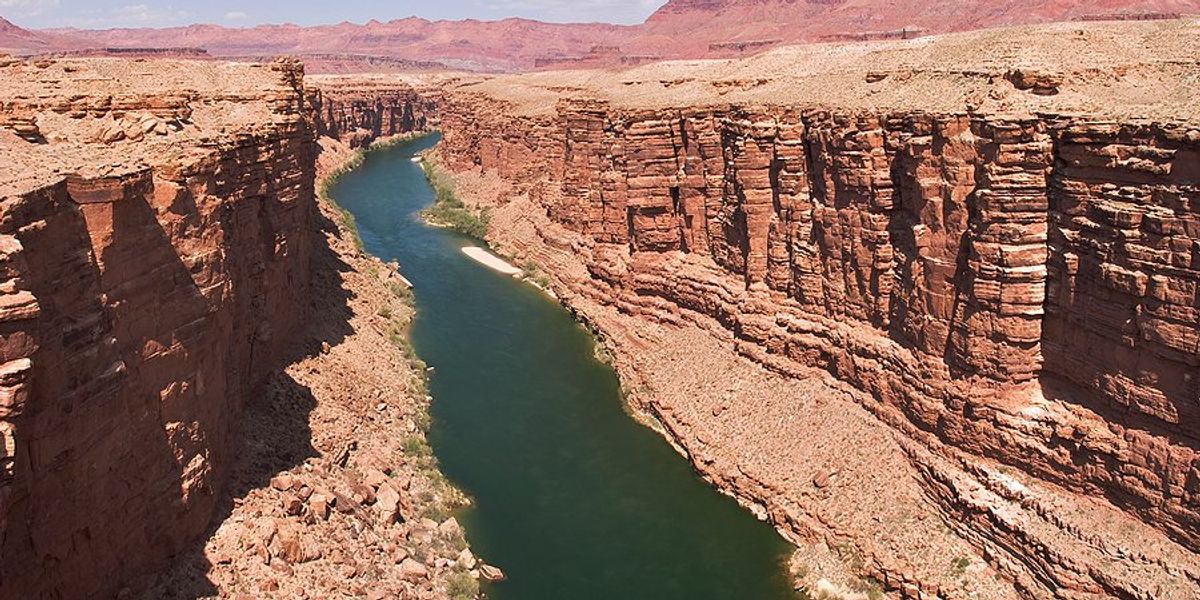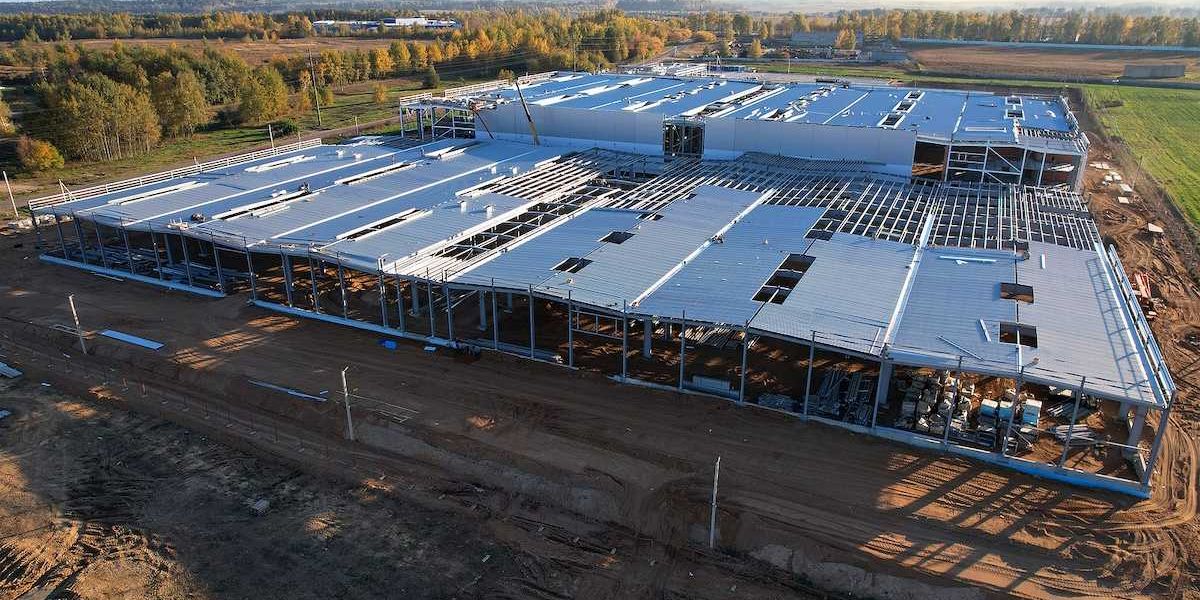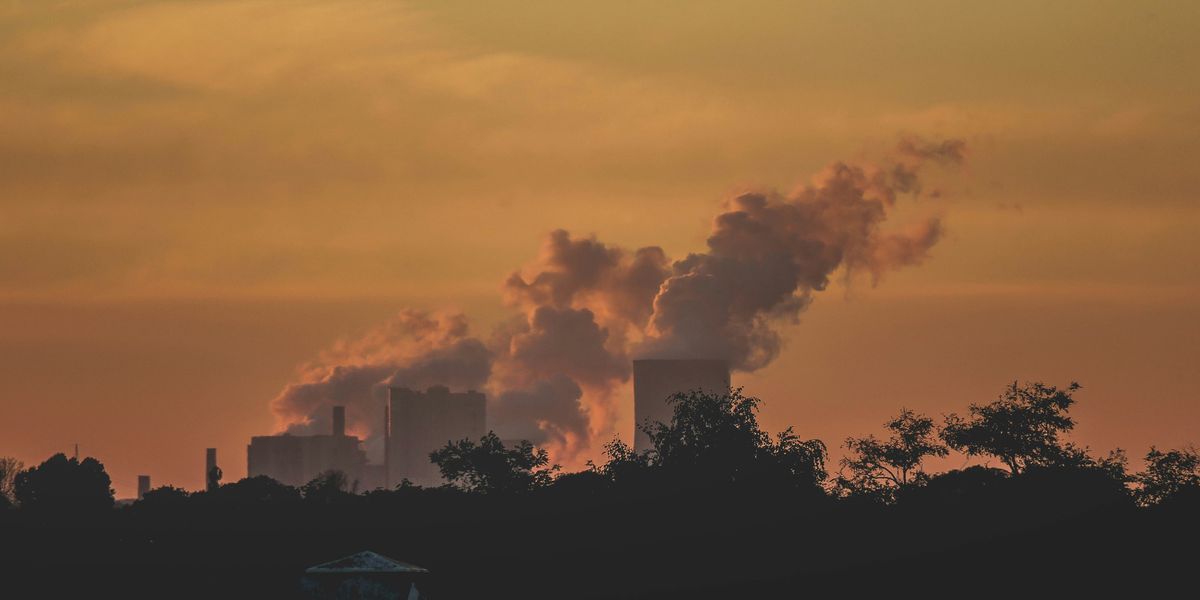
Dominion’s plan for Virginia gas plant draws pushback over health and pollution fears
Residents in Chesterfield are fighting Dominion Energy’s proposal to build a 1,000-megawatt gas-fired “peaker” plant at the site of a retired coal plant, arguing it would add new air pollution to an area already burdened by decades of coal dust exposure.
Shannon Heckt reports for the Virginia Mercury.
In short:
- Dominion says the Chesterfield Energy Reliability Center is essential to meet peak power demands, with energy use in Virginia projected to double by the late 2030s.
- Environmental advocates argue the project violates the spirit of the Virginia Clean Economy Act and should be replaced with solar, wind, and battery storage.
- DEQ’s analysis shows emissions would be lower than the coal plant it replaces, but residents say any additional pollution threatens recent air quality gains.
Key quote:
“This plant is dirty and expensive. No two ways about it. Burning methane is bad for our health.”
— Rachel James, attorney for the Southern Environmental Law Center
Why this matters:
Peaker plants, designed to run during extreme heat or cold, can be major sources of short-term but intense air pollution, releasing fine particulate matter and other contaminants linked to respiratory and cardiovascular disease. Building them in or near low-income communities and communities of color raises environmental justice concerns, as these neighborhoods often face higher baseline pollution and poorer health outcomes. While natural gas produces fewer emissions than coal, methane — the main component — has potent climate-warming effects. The debate over Chesterfield reflects a larger national tension: balancing rapidly rising electricity demand with climate goals, and deciding whether short-term reliability should be met with fossil fuels or accelerated investment in renewables and storage.
Related: California residents challenge methane policy they say pollutes under the guise of clean energy

